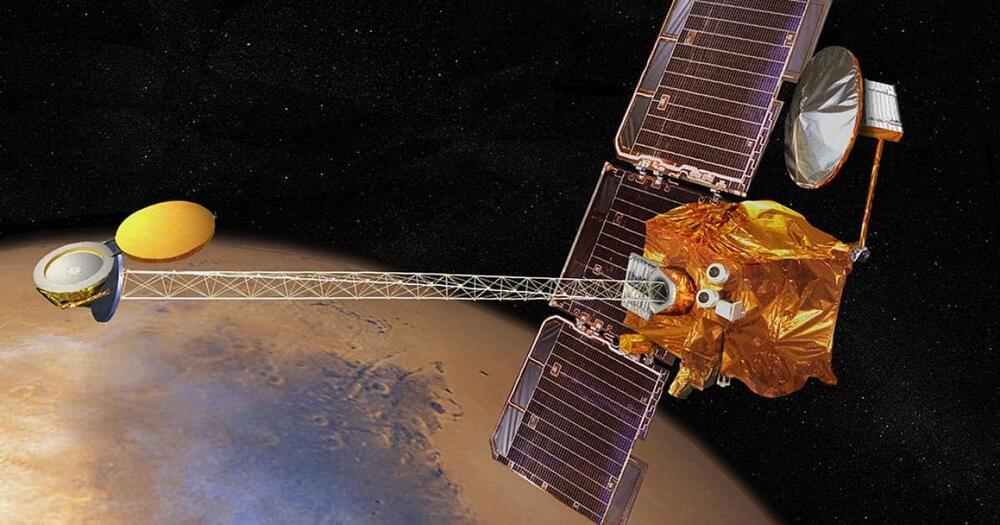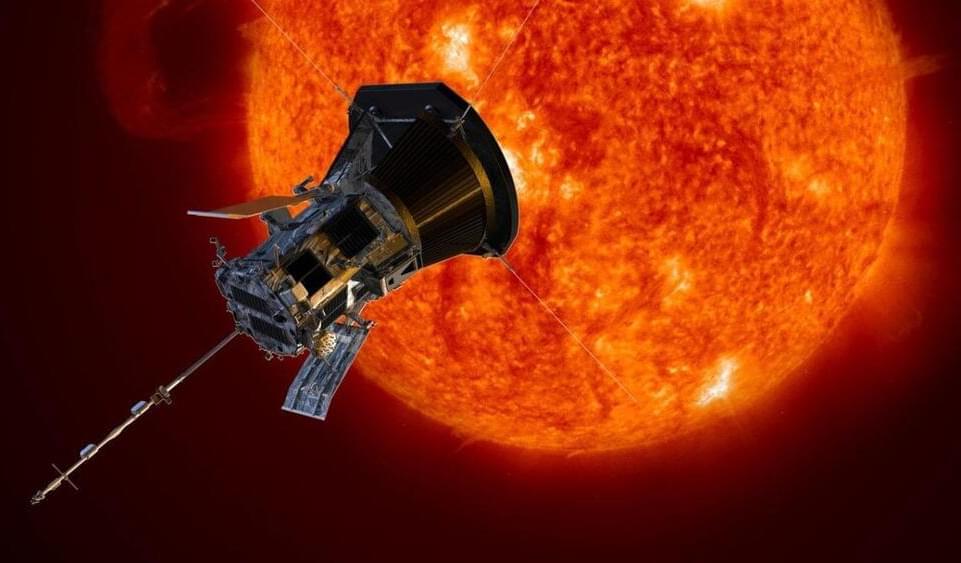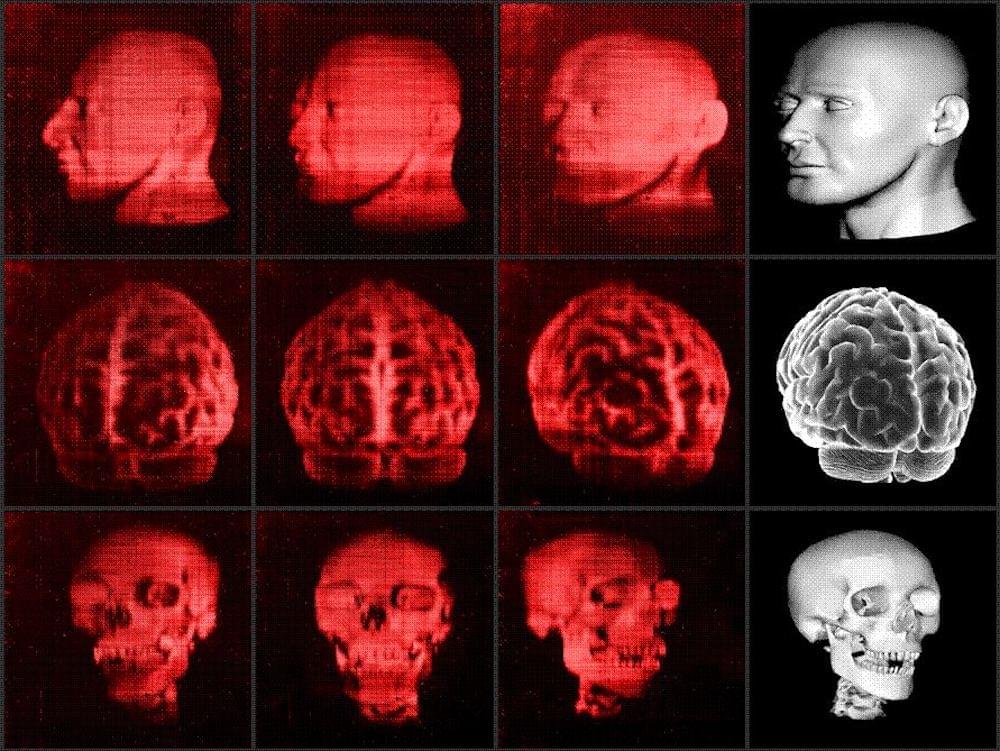Mar 21, 2023
Neutrinos created by CERN Large Hadron Collider detected for the first time
Posted by Gemechu Taye in categories: particle physics, space
Neutrinos created by LHC went undetected earlier, but FASER changed that and can help us learn more about deep space.
Researchers at the European Organization for Nuclear Research, commonly known as CERN, have detected neutrinos created by the Large Hadron Collider (LHC) experiment for the very first time. These were the highest energy neutrinos that were ever produced in a laboratory setup and are similar to those found in particle showers from deep space.
First detected in 1956, neutrinos are subatomic particles that play a key role in the burning of stars. Every time nuclei of atoms either come together (fusion) or break apart (fission) in the universe, neutrinos are released.
Continue reading “Neutrinos created by CERN Large Hadron Collider detected for the first time” »


















